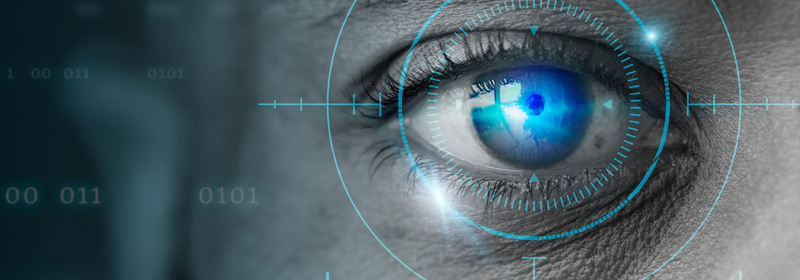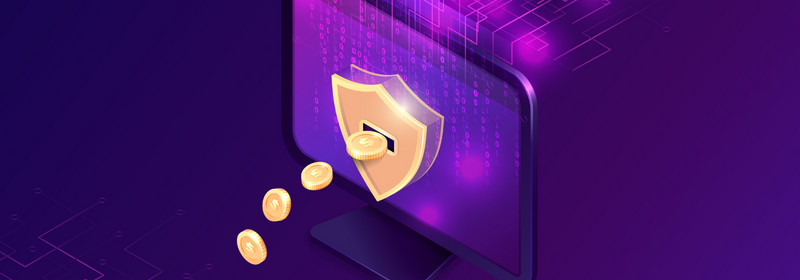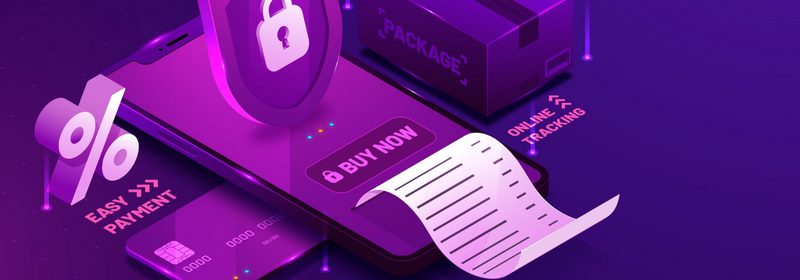There's no doubt that how we pay for goods and services is changing. Rapidly. Within just a few short years, we've already witnessed the massive shift from carrying around paper bills and coins, and collecting checks, to paying with the tap of a phone or a simple 'Pay Now' button via email - a shift only accelerated by the global pandemic.
As technology continues to evolve and yield disruptive innovation, the way we pay and process payments will only become more convenient, more secure, and more efficient. Here, we reveal the top 5 digital payment trends to watch out for in 2023...
It should come as no surprise, Artificial intelligence (AI) and big data are revolutionizing the way businesses operate - and the payments industry is no exception.
AI can be used to combat fraud by analyzing patterns in customer behavior and flagging suspicious activity. Big data, on the other hand, can be used to segment customers and tailor payment solutions to their specific needs.

Biometric authentication is a type of security measure that uses physical or behavioral characteristics (like fingerprints or the sound of your voice) to verify your identity. This technology is becoming increasingly common as businesses look for ways to make their authentication processes more secure. In the payments industry, biometric authentication can be used to verify the identity of a customer before a transaction is authorized -
As foreseeable for quite some time now, biometric authentication also made the list as one of 5 Payment Trends in 2020 That You Need to Watch, when the industry experienced a staggering surge in Fintech startups while banks and other traditional providers were expected to struggle to meet the tech-first demands of Generation Z; a concern that still stands - learn more about this here.
As technology evolves, it's inevitable that the dire need for security only grows stronger. Tokenization is a security measure that involves replacing sensitive data (like credit card numbers) with unique tokens that can be used for subsequent transactions. Tokenization can help prevent data breaches by making it difficult for hackers to access sensitive information.
In the payments industry, tokenization can be used to secure customer information during and after a transaction.
Blockchain is a distributed database that allows for secure, transparent, and tamper-proof peer-to-peer transactions, otherwise referred to as a digital ledger of said transactions; this technology has the potential to drastically reduce fraudulent activity in the payments industry by providing an immutable record of all transactions.
The heightened lean toward Decentralized Autonomous Organisations (DAOs) will only see a rapid increase in 2023, where Blockchain will continue to play an integral role, with major organizations like Spotify and Accenture, already invested in its vast potential. .png?width=800&name=Payment%20Blog%20%20Pictures%20(1).png)
Tap, and away we go! Contactless payments allow customers to make purchases without physically swiping or inserting their credit card into a point-of-sale terminal. This type of payment is becoming increasingly common as businesses look for ways to reduce contact and limit the spread of germs. In the payments industry, contactless payments can be made using near-field communication (NFC) terminals or QR codes.
The way we pay for things is changing—and fast! Subscribe to our weekly payments blog below and keep your business ahead of the curve with the latest news on digital payment trends -
And if you're yet to embrace end-to-end payment automation, discover how you can transform your invoice lifecycle with Wise-Pay.
Attain cutting-edge insights and learn how to shape your business for long-term sync-cess.